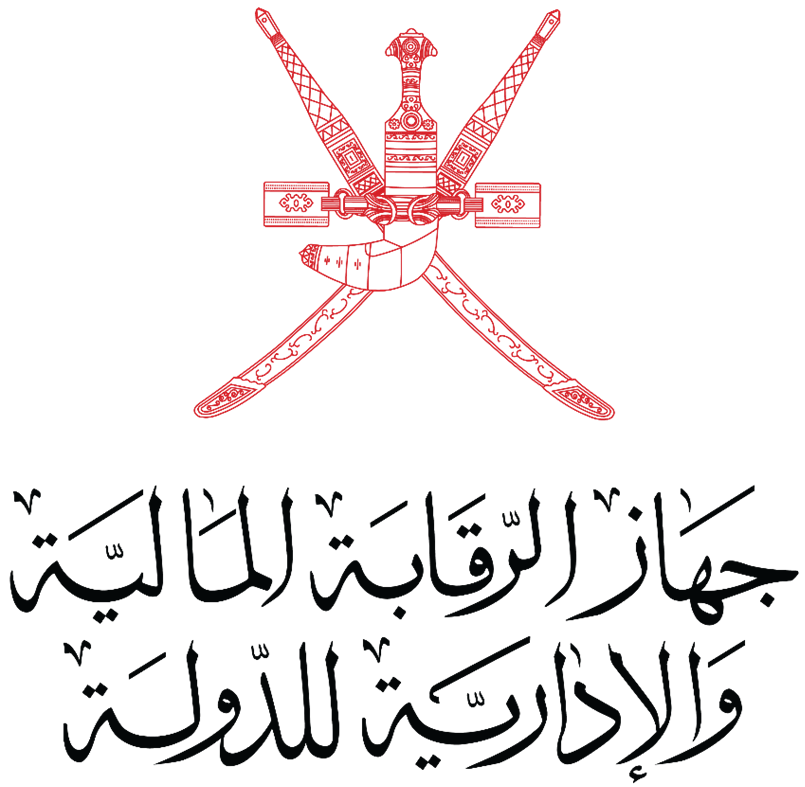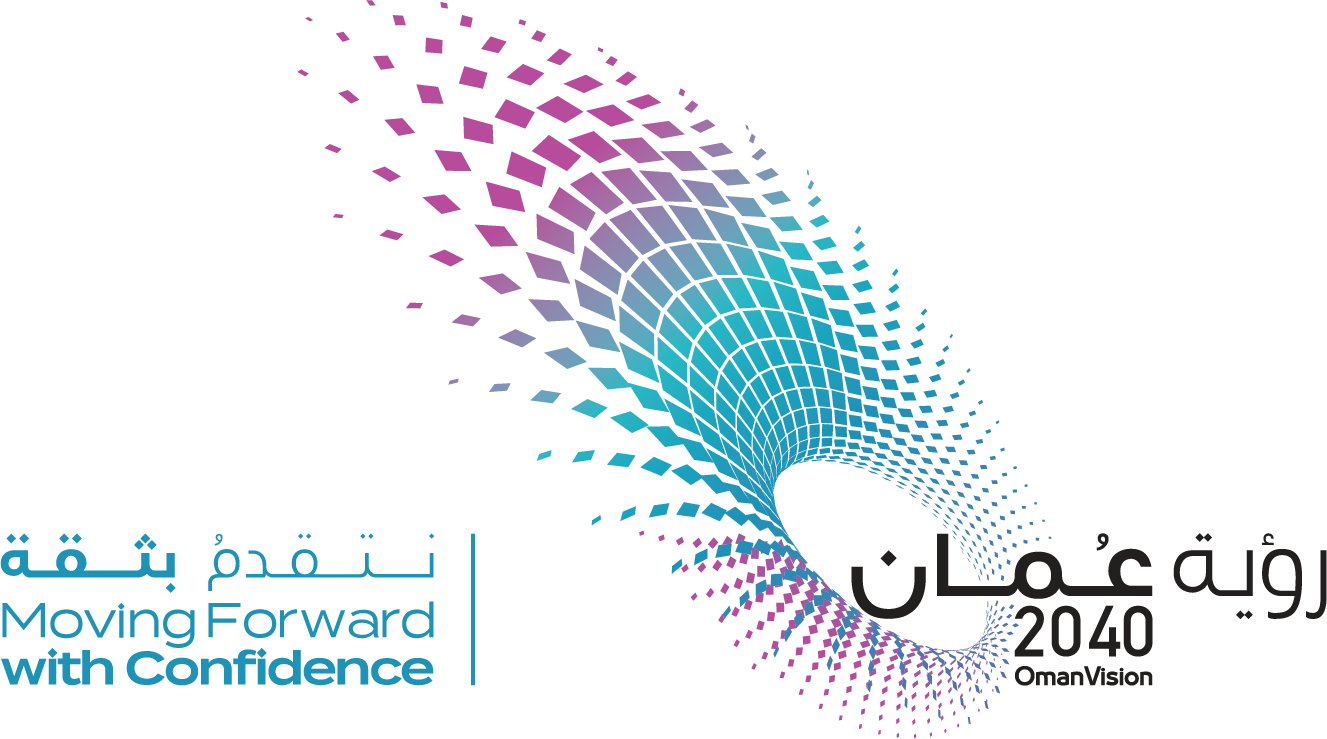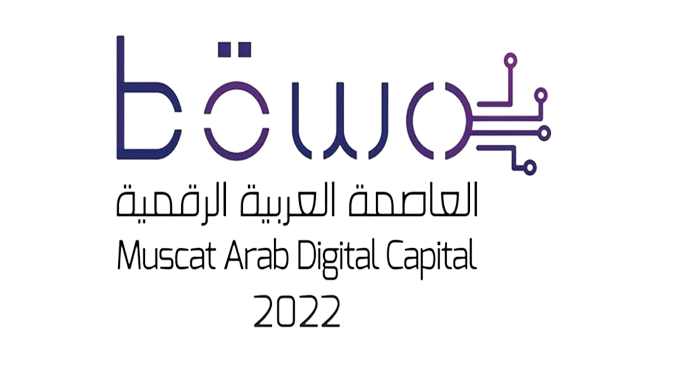بتقدم (20) مرتبة عن عام 2023 سلطنة عمان تحقق تقدمًا في مؤشر مدركات الفساد لعام 2024
بتقدم (20) مرتبة عن عام 2023 سلطنة عمان تحقق تقدمًا في مؤشر مدركات الفساد لعام 2024
تاريخ النشر: Feb 11, 2025, 2:06 PM


تأكيدًا للحرص الذي توليه سلطنة عمان نحو تبني أفضل الممارسات الدولية في مجالات حماية المال العام ورفع كفاءة استخدامه وتعزيز النزاهة، أظهرت نتائج مؤشر مدركات الفساد للعام 2024 تقدمًا لسلطنة عمان حيث حلت في الترتيب (50) عالميًا من بين 180 دولة والترتيب الرابع عربيًا، متقدمةً بمقدار (20) مركز مقارنة بالترتيب رقم (70) في عام 2023، وبدرجة (55) مقارنةً بـ (43) في العام المنصرم بمقدار ارتفاع (12) درجة، حسب ما جاء في مؤشر مدركات الفساد، الذي تصدره منظمة الشفافية الدولية سنويًا من مقرها في برلين.
وحول صدور المؤشر يقول الدكتور حمير بن ناصر المحروقي المتحدث باسم جهاز الرقابة المالية والإدارية للدولة: يُعد حصول سلطنة عمان على المركز الرابع عربياً أمراً مهماً يسهم في تعزيز السمعة الطيبة لسلطنة عمان ويؤكد أنها بيئة جيدة للعمل والاستثمار كون المؤشر يعتبر من المؤشرات الموثوقة دولياً، حيث تتبع منظمة الشفافية الدولية عدداً من الإجراءات الدقيقة بهدف قياس مستوى الفساد المدرك في القطاع العام، ويغطي (180) دولة حول العالم، مشيراً إلى أن حصول سلطنة عمان على هذا التقدم جاء لاعتبار حماية المال العام وتعزيز قيم النزاهة في السلطنة أولوية يعنى بها جهاز الرقابة المالية والإدارية للدولة بالتعاون مع الجهات المعنية الأخرى حيث أنه خلاصة العمل الحثيث والتشاركي بين الجهاز جنباً إلى جنب مع المكتب الوطني للتنافسية والجهات المعنية لتحسين موقف سلطنة عمان في المؤشر، حيث يعمل الجهاز على مجموعة من المسارات سواء المتعلقة بالمجالات الرقابية، أو بمجال تعزيز الوعي المؤسسي والمجتمعي المتعلقة بالمال العام والوظيفة العامة من خلال البرامج والأنشطة التوعوية وفقاً للخطة الإعلامية السنوية، بما يوائم رؤية عمان 2040 والخطة الوطنية لتعزيز النزاهة، إلى جانب استمرارية الجهاز في إصدار ملخص المجتمع باللغتين العربية والإنجليزية والمصاحب للتقرير السنوي الذي يرفعه الجهاز سنوياً للمقام السامي.
كما أكد الدكتور حمير بن ناصر المحروقي على أهمية الأدوار التشاركية التي تبذلها الجهات المعنية نحو تعزيز موقف سلطنة عمان في المؤشر، بالإضافة إلى الأدوار المجتمعية المتمثلة في اتباع التشريعات المختلفة، الامر الذي يسهم في تحقيق التقدم المستمر في المؤشر، إلى جانب العمل على زيادة عدد المؤسسات المُقيِّمة لسلطنة عمان في هذا المؤشر، فضلاً عن التواصل مع المنظمات الدولية التي قدمت ملاحظات لسلطنة عمان تتعلق بهذا المؤشر للوقوف على الأسباب وتبيان الإجراءات التي تمت والمساعي التي بذلتها الحكومة في تحسين بيئة العمل والحد من مسببات التجاوزات أو التساهل في هذا الصدد.
ويختتم الدكتور حمير المحروقي تصريحه بالإشارة إلى أن منظمة الشفافية الدولية منظمةً غير حكومية معنية بقياس مدركات الفساد، تهدف إلى خلق تغيير نحو عالم خالٍ من الفساد؛ وذلك من خلال وضع مسألة مكافحة الفساد على قائمة أجندة العالم، والعمل مع الحكومات والشركات ومنظمات المجتمع المدني من أجل تطوير وسائل مكافحة الفساد وتنفيذها، ويُعدّ المؤشر من أوسع التقارير انتشاراً في شأن قياس مستوى الفساد المدرك.
ويضيف المحروقي: جرت الاستعانة بستة مصادر بيانات دولية لاحتساب مؤشر مدركات الفساد لعام 2024، حيث تقوم منظمة الشفافية الدولية بتوحيد البيانات والعلامات الواردة في تقارير هذه المؤسسات لتضعها على مقياس مؤشر مدركات الفساد، ومن أجل احتساب مؤشر مدركات الفساد تتبع منظمة الشفافية الدولية عدد من الخطوات المتمثلة في تحديد مصادر البيانات على أن يكون هذا المصدر مستوفيا لمعايير دقيقة، وتوحيد البيانات والعلامات الواردة من مصادر البيانات على مقياس مؤشر مدركات الفساد (0-100) حيث تعادل الدرجة 0 أعلى مستوى للفساد المدرك، في حين تعادل الدرجة 100 أدنى مستوى للفساد المدرك في تلك الدولة، ومن ثم احتساب المعدل من خلال مجموع النقاط الذي أحرزته كل دولة على مؤشر مدركات الفساد بكونه متوسط جميع النقاط التي جرى توحيدها والتي تم توفيرها من قبل مصادر البيانات.



